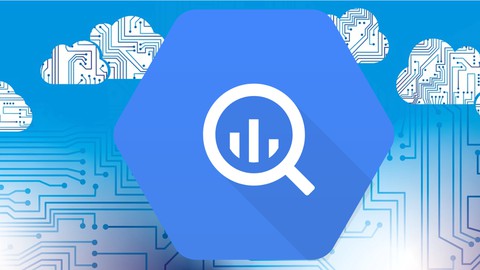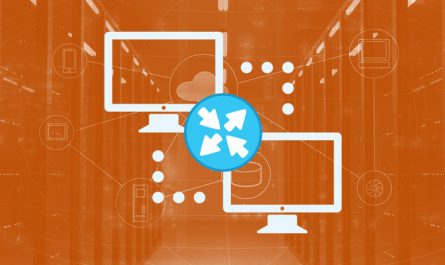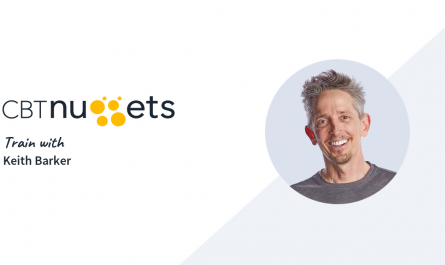
Description
BigQuery is a popular data warehouse service that allows you to easily work with petabytes of data. Learn how to quickly get up to speed with BigQuery and start querying and analyzing data efficiently using the BigQuery graphical user interface, command line utilities, and even programming languages. If you are familiar with basic database concepts, like tables, you are ready to start learning one of the most important data analytics platforms available.
While some courses will focus just on using SQL with BigQuery, this course starts with the basics of signing up for Google Cloud and working the BigQuery graphical user interface (GUI), introduces SQL for BigQuery, and then moves to loading data and working with BigQuery using the command line and Python. Perhaps most importantly, you will learn how BigQuery is different from other databases and how to use that knowledge to use BigQuery efficiently and cost effectively.
You will learn how to explore data, tables, and datasets. Write queries efficiently using BigQuery hints and formatting helps. Master SELECT statements, including how to create FROM, WHERE, GROUP BY, HAVING and ORDER BY clauses to create queries that answer driving questions you have about your data. If you are not familiar with working with multiple tables and using joins, that’s no problem, you will learn that in this course.
Use features of BigQuery designed to make you more productive, like Saved Queries, Exporting Data, and Execution Details that help you improve the performance of your queries.
Learn how to create tables and data sets and load data into BigQuery directly and by using Cloud Storage, Google Cloud’s large scale object storage system.
While the graphical user interface, known as the BigQuery console, is an excellent tool for interactive work with BigQuery, sometimes we need to run the same queries or operations repeatedly to generate reports or download data. In this course you will learn about the bq command line utility that lets you query data and work with datasets from the command line. If you prefer to work with Python or other programming languages, you can use the BigQuery client libraries for running queries and other jobs right from your programs and scripts. You don’t even need to have Python installed on your device because we’ll use CoLab, a free Google service for working with Python notebooks.
Hands-on assignments will help you learn to work with BigQuery yourself and quizzes with allow you to check your understanding as you progress through the course.
To use BigQuery effectively though, you need to understand how BigQuery is designed. Building a data warehouse and designing data models in BigQuery is fundamentally different than building and modeling in relational databases like Oracle, SQL Server and PostgreSQL. In this course, you will learn about BigQuery’s architecture and how it influences how we structure and query data.
Learn insights from an instructor with decades of experience in working with data. Dan Sullivan is a Principal Data Architect and author of books and numerous articles on databases and Google Cloud. Dan is the author the the Official Google Cloud Professional Data Engineer Study Guide as well as study guides for the Google Cloud Professional Cloud Architect and Associate Cloud Engineer certifications. He has developed courses for Google Cloud, data modeling, data science, exploratory data analysis, machine learning, DevOps and more. His courses can be found on Udemy and LinkedIn Learning.
Who this course is for:
- Anyone who works with data and has familiarity with database concepts and needs to work with data warehouses and other large stores of data in BigQuery, one of the most popular services on Google Cloud.
Requirements
- Some familiarity with database concepts
Last Updated 5/2022
Download Links
Direct Download
Introduction to Google Cloud BigQuery.zip (799.1 MB) | Mirror


